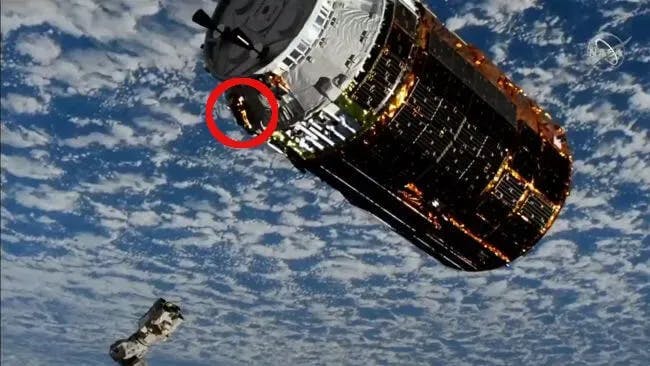- News & Events
- >news
greenteg at the International Space Station
greenteg flies to the International Space Station!
At greenteg, we are proud to collaborate with engineers all over the world providing the best heat flux sensors for their experiments. Up to now, hundreds of labs all over the world acquired a sensor from our company, but recently we made one step further: we traveled to International Space Station! Our gSKIN sensors have been used to perform an experiment in outer space for the first time. And we couldn’t be more excited about that!
Several weeks ago, the Japanese Aerospace Exploration Agency launched the H-2BF9 rocket, carrying an automated cargo transfer vehicle, the HTV9. This is the ninth and last flight for this space program: both the rocket and the barrel-shaped cargo ship will be replaced soon by another version capable of carrying bigger loads to space. The HTV9 freight, nicknamed Kounotori (“white stork” in Japanese) supplies the International Space Station with 6.2 metric tons of cargo, supplies and experiments.

The HTV9 successfully arrived to the ISS on May 25, 2020. During the automatic docking of the cargo ship, the WLAN Demo experiment was performed. It aimed to transmit the video of the monitor camera during HTV docking via WiFi to acquire the automatic docking technology of the next generation of HTV-X (the next generation of cargo ships built by the Japanese Space Agency). Besides, it aims to contribute to the development of HTV-X by mounting a heat flux sensor built by greenteg and measuring the thermal influence from the HTV propulsion system.
Our sensors were chosen for this experiment because they combine top sensitivity of energy transfer with robustness. They can withstand space-like conditions, as shown during this space mission. A nice piece of Swiss technology that makes the difference!
We would like to congratulate all those involved in this space mission for this huge success. We hope that this successful launch and arrival to the ISS will be followed by many more during the following years. At greenteg, we will gladly continue to support space exploration with our sensing solutions.
